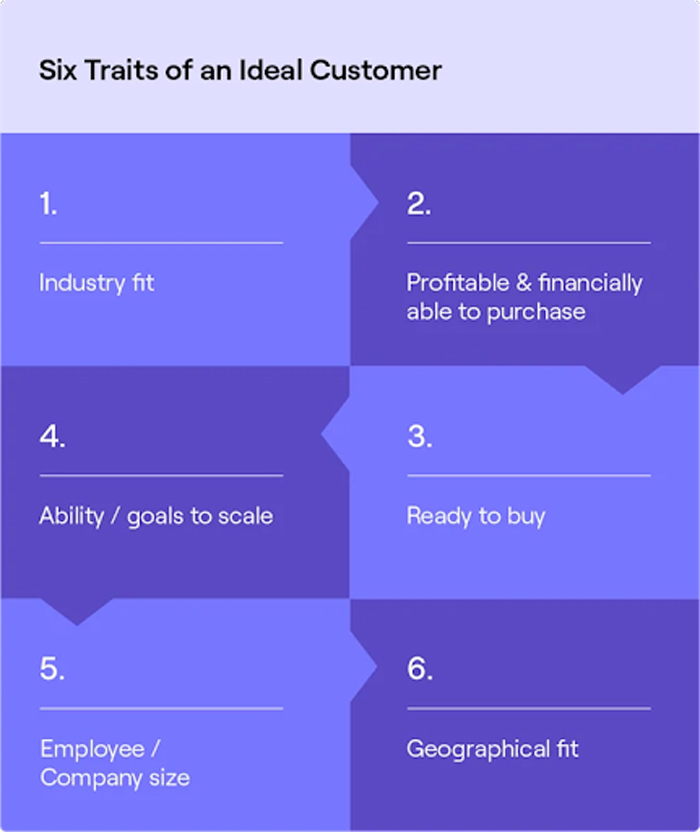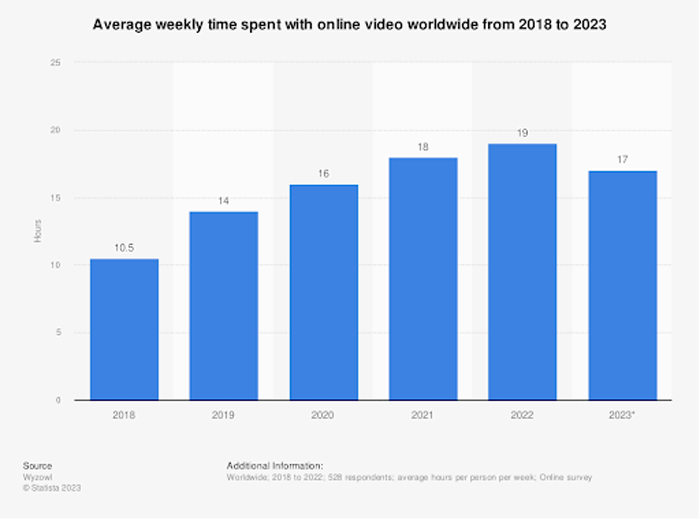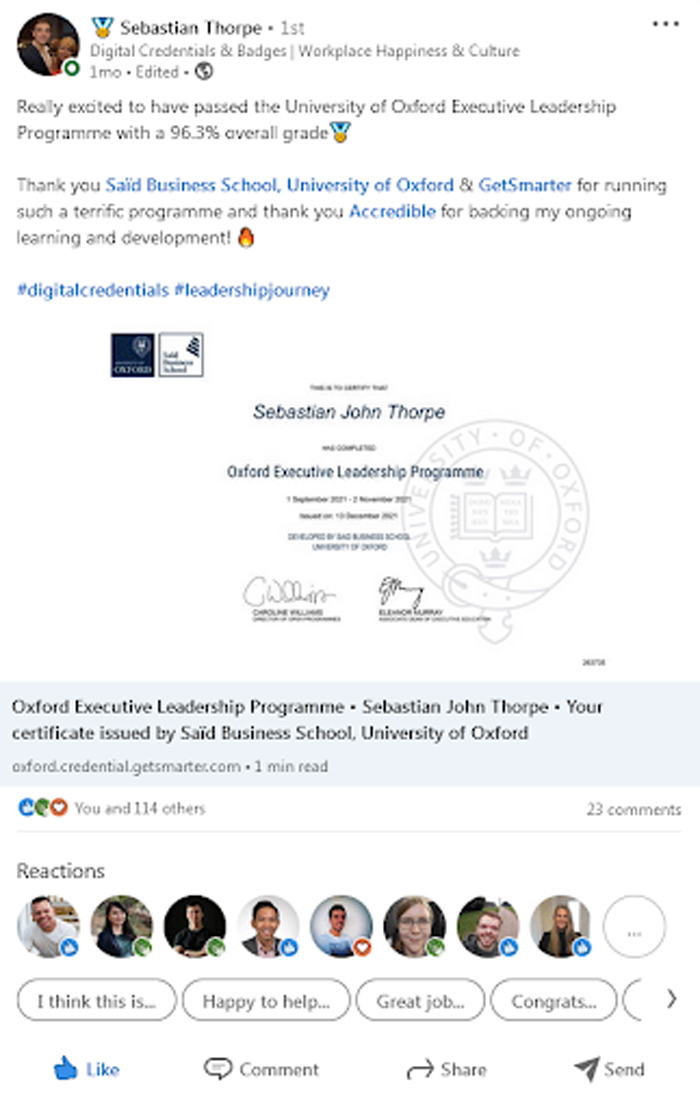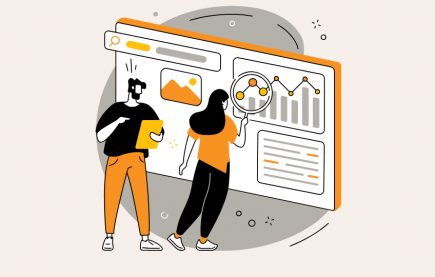
5 Industrial Marketing Strategies to Boost Online Visibility
Today’s online space is highly competitive. As a result, industrial businesses need to establish a robust online presence if they want to stay relevant among their competitors. The internet is the No. 1 source for customers seeking education, research, and procurement. But without well-thought-out industrial marketing strategies, organizations can quickly fall behind. In this article, we explore five powerful strategies for targeting and engaging the right audiences to boost awareness and increase leads.
The Importance of a Marketing Strategy
As of Q1 2024, there are 5.35 billion global users online. That’s a lot of potential visitors to a website. However, most of them aren’t going to be a part of an industry’s target audience. So how do organizations target the right audience to ensure they are driving lead generation? Through carefully planned industrial marketing strategies. From harnessing social platforms and creating engaging content to optimizing content funnels and humanizing the brand, we’ll explore some of the top strategies to help you reach broad, engaged audiences.
Resources for Industrial Marketing Strategies
Before diving straight into building a strategy, organizations need to ensure they have the resources to carry out their plans. Content writers, website designers and developers, SEO specialists, and social media managers are all important cogs in the marketing wheel. Time and budget are also necessary resources, and without the bandwidth to create, test, action, and report on strategies, the effort will be for nothing. Ensure that strategies align to the resources available without overworking and potentially burning out the marketing department. Once you start to see results from your initial strategies, consider “blue-sky thinking” and draft new strategies that accommodate how the department and teams can potentially scale.
5 Industrial Marketing Strategies to Boost Online Visibility
With resources in mind, let’s dive into some of the winning industrial marketing strategies currently utilized by industry leaders:
Build an Ideal Customer Profile (ICP)
Organizations know their audiences but often skip over the granular step of creating an ideal customer profile, commonly referred to as the ICP. The ICP is a comprehensive description of the perfect customer that will be targeted through sales and marketing efforts. Customers or broader companies that fit ICP are the most likely to purchase, stay loyal, and act as influencers for your business. They are vital for revenue generation and become excellent resources for marketing collateral by providing testimonials, case studies, and success stories.

Source: https://www.cognism.com/blog/ideal-customer-profile
By identifying the ICP, organizations streamline their lead generation by targeting highly relevant and engaged leads that are likely to convert. Using the ICP as a reference, it becomes much easier for marketing to create effective B2B marketing campaigns and highly personalized, value-driven content. It’s important to remember that ICPs are not Buyer Personas. Buyer Personas only represent potential customers based on demographics, challenges, goals, and motivations. The ICP is the perfect customer; they are the ones getting the most value out of the service or product.
Create a Content Marketing Funnel
Content is key for attracting potential customers and driving organic traffic to a website. But it’s not enough to simply churn out 100 articles and call it a content marketing strategy. Effective content marketing uses a content marketing funnel model that guides users through to conversion.
The stages of a content marketing funnel include:
- Top of the Funnel (TOFU) — generate awareness
- The most common starting point for a potential buyer. Users at the top of the funnel have a problem or challenge they need to solve and they are looking for actionable solutions. They aren’t buyers yet; they are looking for education and guidance. Top-of-the-funnel content is used to attract their attention and provide solutions for their problems through valuable, educational articles, infographics, checklists, and how-to guides.
- Middle of the Funnel (MOFU) — boost interest
- Middle-of-the-funnel users are more knowledgeable about your product or service and more engaged than TOFU users. At this stage, they are still looking for guidance, but they are looking at the value your product or service can provide to their organization as a whole. MOFU users are more likely to refer to case studies, webinars, and product overviews. They want to see how a product or service works and how current customers are achieving success.
- Bottom of the Funnel (BOFU) — drive conversions
- Bottom-of-the-funnel users are at the finish line; they are ready to buy and are doing their due diligence to find the best fit for their needs. At this stage of the funnel, users are comparing platform price, evaluating feature sets, and getting together the information needed for stakeholders. Customer case studies, reviews, testimonials, and success stories are crucial at this stage, and prospective buyers should have the opportunity to ask questions and request demos or free trials.

Source: https://www.lucidchart.com/blog/content-marketing-funnel
The content marketing funnel needs to be mapped out before jumping into the content creation. Start by building a rough plan of what content will be required for each stage of the funnel, split topics into content pillars, and consider how users will be driven through the funnel, e.g., internal links and clear call-to-action buttons.
Make sure to refer to the ideal customer profile(s) created for your audience and then start with creating content at the top of the funnel that targets the problems and challenges your audiences are looking to solve. Top-of-the-funnel content is an excellent opportunity to establish the organization as a thought leader and build trust with users. It shouldn’t be overly sales-y but address the main issue and provide a solution with brief mentions of how your product or service can help.
Host Engaging Webinars
Video content is one of the most popular types of online content, with users watching approximately 17 hours of online video every week. Webinars add an engaging aspect to video content, allowing users to get educated, learn more about products and services, and get the chance to ask questions live. Webinars also become a channel to generate and nurture leads, boost awareness for the brand, products, and services, and establish the organization as a knowledgeable market leader.

Source: https://www.statista.com/statistics/611707/online-video-time-spent/
Engaging webinars are resource heavy to create. Try to use original images or product screenshots over stock images and avoid cluttering each slide with an overabundance of text that attendees are never going to read. Plan out whether slide decks will be available to attendees after the webinar and what information needs to be included so the deck can be a stand-alone resource. A well-crafted webinar provides a lot of opportunity to create follow-up content. Cut the recording into shareable segments that can be posted to social platforms, driving users back to the website. Host the webinar recording online and use sound bites or quotations from the webinar in other content across the website, encouraging users to sign up to watch the full recording.
Utilize Social Media Channels
According to Statista, there are approximately 4.95 billion social media users across the world. Users are increasingly turning to social media to connect with brands, network with professionals, and research products and services. For B2B markets, LinkedIn is considered the best platform to focus on, but brands also see success through targeting audiences on Twitter (X), YouTube, and even TikTok. A meaningful social strategy includes building dedicated content for each platform, rather than trying a one-size-fits-all approach.
A quality social media strategy doesn’t stop at simply posting. It involves commenting and responding to comments on your own posts, connecting with prospective customers, responding to queries and messages, and engaging with other relevant posts. Being present, informative, and helpful is a great way to boost awareness online and build a community of followers that are likely to become future customers. Aim to maintain an authoritative but authentic voice that isn’t constantly jumping into discussions trying to sell but instead offers meaningful contributions.
Humanize the Brand
A business’s success is directly tied to their workforce. Happy workers generate more leads and become authentic ambassadors for the brand. Customers are more likely to purchase from an organization that takes care of their staff and are increasingly looking for organizations that align with their own values. Showcase employees in your content and social strategies, draw focus to who a customer might talk to, and aim to foster connections before customers reach out for more information. Hosting a team off-site? Share photos of the team getting together on social media profiles. Offer quality staff training? Encourage staff to celebrate their achievements with shareable digital badges and digital certificates that can be uploaded to their professional profiles and portfolios.

Source: https://www.accredible.com/guides/developing-a-credential-flywheel
The B2B sales cycle, from initial outreach to closing a deal, can be long. This means customers will spend a lot of time going back and forth between the organization and their own stakeholders. By humanizing the brand and building better customer relationships, you create lasting connections that lead to increased referrals and long-term loyalty.
Final Thoughts
Quality industrial marketing strategies need to be aligned to the available resources and carefully planned to ensure the right audience is targeted. Without an ideal customer profile to target, resources will quickly be wasted. Spend time determining your ideal customer — their goals, challenges, and wants — and produce content that answers their needs. Establishing the organization as a trusted, authoritative resource at the top of the funnel will ensure prospective buyers favor you at the bottom of the funnel. Produce a variety of content to capture a broad, engaged audience and showcase the human side of your brand to boost both awareness and loyalty.



